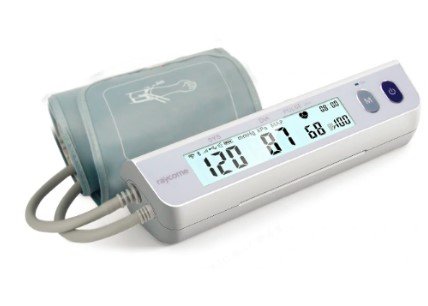The Role of Chinese Manufacturers in the US Medical Lab Industry: Quality, Safety, and Intellectual Property Concerns
Summary
- Chinese manufacturers play a significant role in the production of phlebotomy devices for the medical lab industry in the United States
- There have been concerns regarding intellectual property rights and patent laws when it comes to Chinese manufacturers producing phlebotomy devices
- It is important for manufacturers, both domestic and international, to adhere to US patent laws to protect intellectual property and ensure quality and safety standards
- Lack of adherence to Quality Control standards
- Use of subpar materials
- Improper sterilization techniques
- Copying of designs and technology
- Selling products at lower prices due to stolen intellectual property
- Difficulty in enforcing US patent laws in China
- Conducting thorough research on patents before production
- Seeking legal advice on intellectual property rights
- Working with reputable manufacturers that prioritize adherence to patent laws
The Role of Chinese Manufacturers in the US Medical Lab Industry
Chinese manufacturers have become an integral part of the Supply Chain for phlebotomy devices in the United States. These manufacturers produce a wide range of products, including needles, blood collection tubes, lancets, and other equipment used in medical labs and healthcare settings. The affordability and accessibility of products manufactured in China have made them popular choices for many healthcare facilities and laboratories.
Quality and Safety Concerns
While Chinese manufacturers offer competitive pricing and a wide selection of products, there have been concerns regarding the quality and safety of phlebotomy devices produced in China. Some companies have been found to cut corners in manufacturing processes, leading to inferior products that may pose risks to patients and healthcare practitioners.
Intellectual Property Rights and US Patent Laws
One of the significant concerns when it comes to Chinese manufacturers producing phlebotomy devices for the US market is the issue of intellectual property rights and patent laws. There have been instances where Chinese manufacturers have been accused of infringing on US patents and producing counterfeit products that violate intellectual property laws.
Ensuring Adherence to US Patent Laws
It is crucial for both domestic and international manufacturers, including those in China, to adhere to US patent laws to protect intellectual property rights and ensure the safety and quality of phlebotomy devices. By following patent laws, manufacturers can prevent the manufacturing of counterfeit products and maintain high standards in the medical lab industry.
Conclusion
Chinese manufacturers play a vital role in the production of phlebotomy devices for the medical lab industry in the United States. While they offer competitive pricing and a wide selection of products, concerns regarding quality, safety, and adherence to US patent laws have been raised. It is essential for manufacturers to prioritize intellectual property rights, enforce Quality Control standards, and work collaboratively to ensure the integrity of the Supply Chain for phlebotomy devices.

Disclaimer: The content provided on this blog is for informational purposes only, reflecting the personal opinions and insights of the author(s) on the topics. The information provided should not be used for diagnosing or treating a health problem or disease, and those seeking personal medical advice should consult with a licensed physician. Always seek the advice of your doctor or other qualified health provider regarding a medical condition. Never disregard professional medical advice or delay in seeking it because of something you have read on this website. If you think you may have a medical emergency, call 911 or go to the nearest emergency room immediately. No physician-patient relationship is created by this web site or its use. No contributors to this web site make any representations, express or implied, with respect to the information provided herein or to its use. While we strive to share accurate and up-to-date information, we cannot guarantee the completeness, reliability, or accuracy of the content. The blog may also include links to external websites and resources for the convenience of our readers. Please note that linking to other sites does not imply endorsement of their content, practices, or services by us. Readers should use their discretion and judgment while exploring any external links and resources mentioned on this blog.
